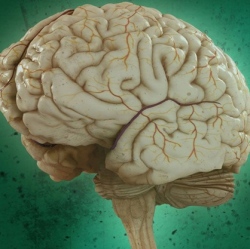
Electronic biomedical devices are enabling a range of sophisticated health interventions, from seizure detection and Parkinson’s therapy to functional artificial limbs, cochlear implants and smart contact lenses. An effective interfacing material is essential to communication between these devices and neural tissue.
In recent years, a conjugated polymer known as PEDOT, widely used in applications such as energy conversion and storage, organic light-emitting diodes, electrochemical transistors, and sensing, has been investigated for its potential to serve as this interface.
In some cases, however, the low mechanical stability and relatively limited adhesion of conjugated polymers like PEDOT, short for poly (3,4-ethylene dioxythiophene), on solid substrates can limit the lifetime and performance of these devices. Mechanical failure might also leave behind undesirable residue in the tissue.
A research team led by the University of Delaware’s David Martin has reported the development of an electrografting approach to significantly enhance PEDOT adhesion on solid substrates.
Compared to other methods, surface modification through electro-grafting takes just minutes. Another advantage is that a variety of materials can be used as the conducting substrate, including gold, platinum, glassy carbon, stainless steel, nickel, silicon and metal oxides.
The actual chemistry usually takes multiple steps, but Martin and his team have developed a simple, two-step approach for creating PEDOT films that strongly bond with metal and metal oxide substrates, yet remain electrically active.
“Our results suggest that this is an effective means to selectively modify microelectrodes with highly adherent and highly conductive polymer coatings as direct neural interfaces,” Martin says.
